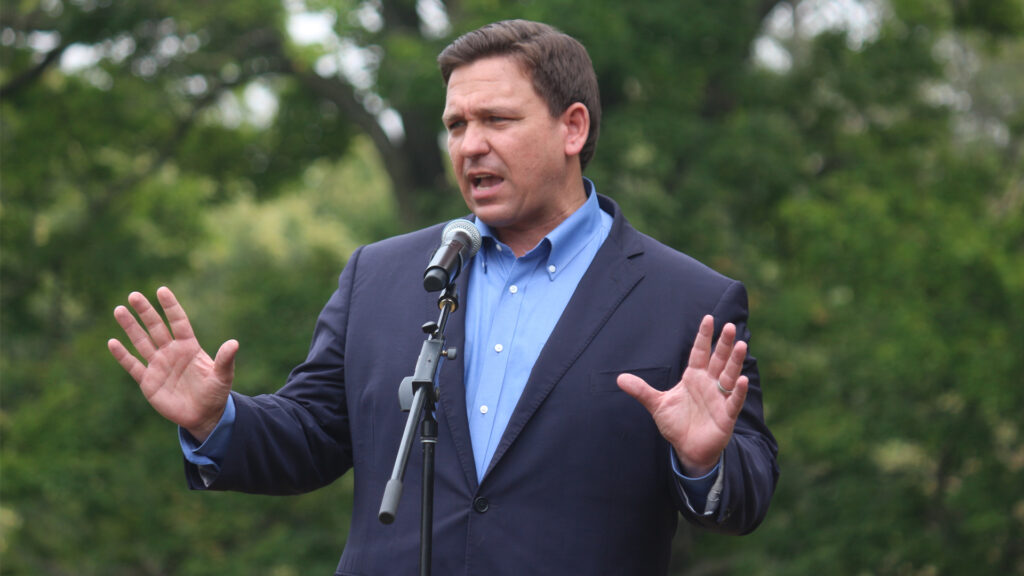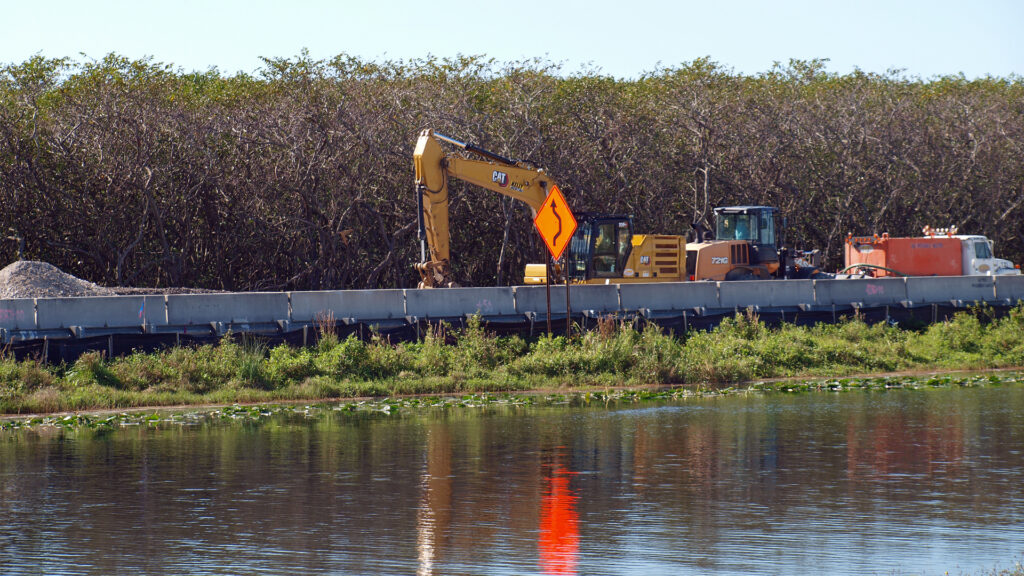By the Palm Beach Post Editorial Board
The idea of having Florida manage Everglades restoration has been resonating in the state capitol for some time. Ron DeSantis was just the latest governor to express frustration with Florida’s partner, the federal government, as he did during a visit to Palm Beach County last week to discuss the state’s progress in the water reclamation project.
“We’ve got a job to do,” DeSantis said at his press conference in Juno Beach. “We want to get it done. We don’t want to be bogged down by red tape. We don’t want to be bogged down by bureaucracy. Once we decide that this is something that is of interest to the state, we want to get it done as quickly as possible. That is not how some (federal) agencies, like the (U.S.) Army Corps of Engineers, approach things.”

The governor’s frustration is real and shared by many. Although the Comprehensive Everglades Restoration Plan (CERP) is a joint federal-state initiative, the state has seen several of its efforts delayed by inadequate federal funding, the glacial-speed of U.S. Army Corps decisions, or other factors like sea level rise, population growth and a warming climate. They have impacted the project and changed it in ways many didn’t envision when CERP started 25 years ago.
It’s easy to pick on the Corps. The agency is the federal partner that has to design and approve the 68 components that make up what is the largest environmental restoration project in U.S. history. Congress draws blame too. It has been slow in coming up with its $3.8 billion share, thanks to its byzantine system of appropriations and the politics of competing for funding with other regions of the country.
Still, that’s not enough to warrant mid-stream changes. The federal government has a role to play, particularly in oversight, and the last thing CERP needs is to make Congress or the Army Corps less accountable for CERP’s success. Leaving the responsibility solely to the state gives Florida a bigger headache and political shenanigans at the state capitol as farmers, urban residents and environmentalists squabble over water to meet their varied interests.
Completing Everglades restoration is a rocky intergovernmental relationship but one worth keeping.
Everglades restoration hasn’t been easy
The multi-billion CERP began in 2000, when preserving the Everglades and its natural flow of water was a bipartisan environmental priority. The project was approved by Congress in hopes of improving water quality, retarding the threat of saltwater intrusion and increasing water storage to meet the demands of both the natural habitat and the growing urban and suburban communities of South Florida.

Congress approved CERP and the Water Resources Development Act of 2000, amid bipartisan support, led by then-Florida Gov. Jeb Bush and former President Bill Clinton. The project began amid a wave of optimism and a big budget that the Army Corps and the South Florida Water Management District, in consultation with other government agencies, could use to restore the globally famed “River of Grass” ecosystem. The high hopes, however, gave way to a harsh reality.
Climate change, largely unanticipated at the project’s start, has profoundly impacted Everglades restoration. Sea level rise, and warmer and wetter weather, have changed the region CERP was designed to protect. Throw in funding and project-design delays, lawsuits over water and the typically slow pace of building storm water treatment areas, a new reservoir to treat Lake Okeechobee discharges and re-doing Tamiami Trail to allow more water to flow into Everglades National Park, and frustration was all but guaranteed.
Giving Florida control of federal CERP funding won’t erase political jockeying among states, that could slow the flow of those funds from Washington.
Give Gov. DeSantis credit. He has taken the initiative to prioritize restoration. During his press conference, the governor touted Florida’s spending $3.3 billion in restoration and related projects between 2019 and 2023. With the completion of the C-43 reservoir to the south of Lake Okeechobee, the ability to store water will triple in capacity.
There have been successes but big challenges remain. Re-plumbing a swamp the size of New Jersey is complicated, takes time and will continue to produce frustration. Shifting management to Florida, however, won’t make it easier.
This opinion piece was originally published by the Palm Beach Post, which is a media partner of The Invading Sea. Banner photo: The view from an airboat ride at Everglades National Park. (iStock image).
Sign up for The Invading Sea newsletter by visiting here. To support The Invading Sea, click here to make a donation. If you are interested in submitting an opinion piece to The Invading Sea, email Editor Nathan Crabbe at nc*****@*au.edu.



